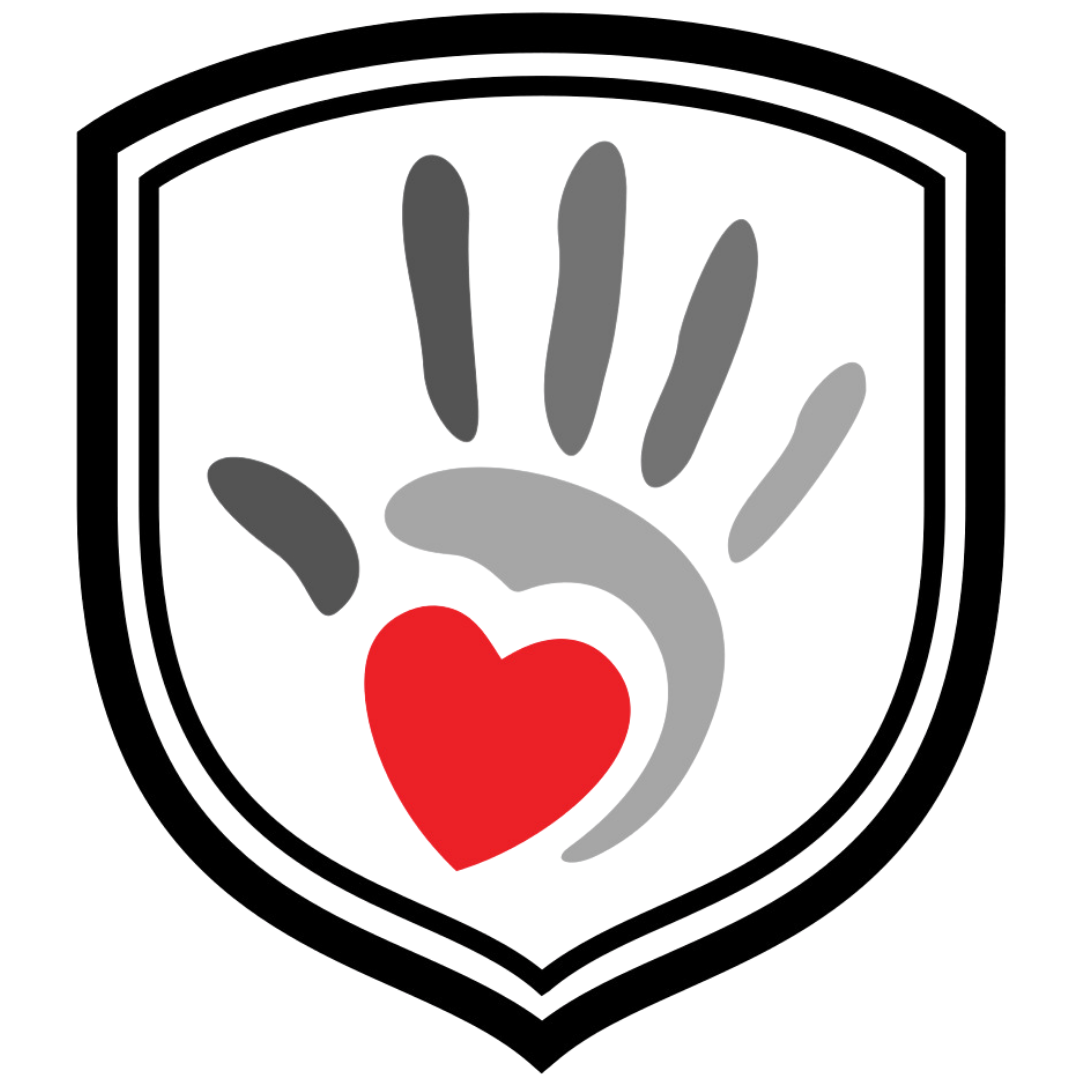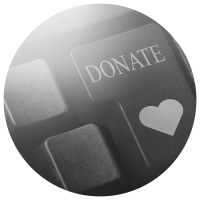Do you know the signs?
Human Trafficking Red Flags
Sex Trafficking
Behavioral Changes
- Changes in their habits, interests, school activities, vocabulary, demeanor, and attitude
- Frequently running away from home
- Appears fearful, submissive, anxious, tense, or paranoid
- Symptoms of anger, panic, phobia, irritability, hyperactivity, frequent crying, temper tantrums, regressive behavior, and/or clinging behavior
- Avoids eye contact
- Not allowed to speak for themselves (looks to others to answer or for permission to speak)
- Schedule and social interaction controlled by a third party
- Uncharacteristic promiscuity and/or references to sexual situations or terminology beyond age-specific norms
- Responses to questions seem rehearsed or coached
- References made to frequent travel to other cities
- Unexplained and frequent absences in school
- Drop in grades, class participation, and activities
Physical Indicators
- Appears malnourished
- Constantly hungry
- Signs of drug addiction
- STDs
- Lack of personal hygiene
- Change in attention to personal hygiene
- Unexplained injuries or bruises
- Attempts to hide injuries or bruises
- Not dressed for the weather
- Ill-fitting clothing
- Dressing more provocatively
- Inappropriate clothing for child’s age
- Tattoos or branding (indicating money or ownership)
- Attempts to conceal tattoos
- Unwilling to explain the meaning of tattoos
- Becomes agitated when asked about tattoos
- Sudden appearance of unexplained high-cost items (without an explainable source of income)
- Multiple hotel key cards
- Multiple refillable gift cards
- Large amounts of cash
- Large amounts of condoms
- Multiple phones
- Multiple social media accounts
Labor Trafficking
- A third-party is in control of their schedule and social interactions
- Evidence of violence: bruising, swelling, scarring
- Tattoos or branding
- Inability to speak English
- Identification documents are in the hands of a third-party
- Lack of knowledge about the community
- Malnutrition, dehydration, exhaustion
- Untreated chronic disease, dental or visual problems
- Chronic back pain, muscle strains, cardiovascular and respiratory issues related to exposure to chemicals, serious industrial injury
- Works excessively long hours
- Living where they work or in large groups
- Transported to and from work by their employer
- Not allowed or able to speak for themselves
- Fearful of authorities
Red Flags for a Business
- Dangerous working conditions
- The business has dark, tinted windows
- Excessive security cameras, especially on the outside and in the entrance
- Odd hours of operation for the type of business
- Little evidence that workers leave the property
- The appearance that workers live on-site
Suspect Human Trafficking?
If there is immediate danger, call 911.
When dealing with suspected cases of human trafficking, make every effort to avoid causing harm to yourself or to the possible victim. Assess the situation and if indicators are present: do not intervene, do not probe, act natural, leave and go to a safe place to make a phone call. Individuals should NEVER become directly involved in a suspected human trafficking situation.
If there is no immediate danger to a suspected human trafficking victim, call the National Human Trafficking Hotline
When placing a call, take note of any important information including:
- Date, time, and location of the incident
- Physical descriptions/identifiers of the people involved (potential trafficker, victim, buyer, etc.), especially unique features such as birthmarks, tattoos, etc.
- Make, model, and license plate number of any vehicles
- Any information you may have overheard (names, locations, etc.)
- If reporting a business, take note of the address/location, type of business, and concerns
It’s important to note that most victims of trafficking do not self-identify. They may not be ready to leave, but you can always call the National Human Trafficking Hotline anonymously on their behalf, as well as share the hotline with them for when they are ready. Do not probe or ask personal questions.
If a victim approaches you, assist them in calling the National Human Trafficking Hotline. Ensure that the victim feels safe throughout the process until the appropriate responder arrives. Do not probe or ask personal questions. Provide the appropriate responder with any pertinent information (see examples above).
The National Human Trafficking Hotline hosts an online Referral Directory made up of anti-trafficking organizations and programs that offer emergency, transitional, or long-term services to victims and survivors of human trafficking.






